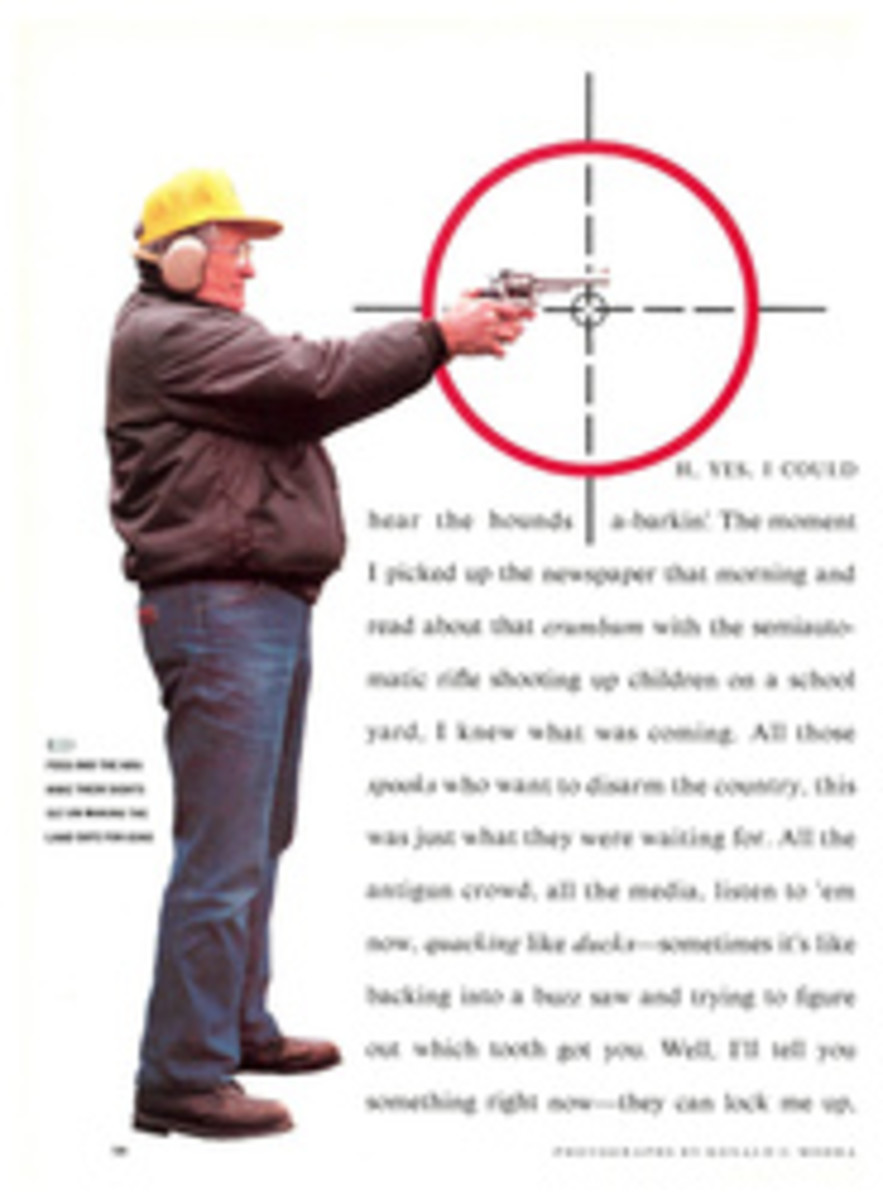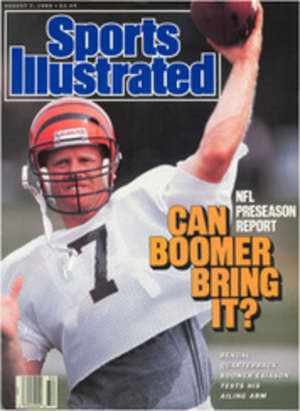
SPENDING WITH BOTH BARRELS
The national rifle Association was founded in 1871, but the organization as we know it dates from 1977. That was the year the gun-club faction—an old guard of "redneck shooters," as they liked to call themselves—got blown away by a new-wave faction of antigun-control lobbyists. The traditionalists wanted to move the NRA's headquarters out of Washington and to reaffirm the association's gun-club heritage. The new kids, by predicting increased pressure from gun-control advocates, spread paranoia through the ranks. The new wave easily won the backing of the '77 NRA convention and hunkered down to protect the sacred Second Amendment from gun haters.
The NRA, now cast in the role of the "gun lobby," grew in a hurry. In the next decade, membership tripled to 2.85 million dues-payers. Dues account for about two thirds of the NRA's annual income, which was $69.7 million last year. Other money—much of it paid by weapons manufacturers—comes from ads in five NRA publications.
The NRA has assets of more than $100 million and a $60 million annual operating budget. Of its 350 paid staffers, about 30 work in the lobbying division. The NRA spent $21 million last year opposing various gun-control initiatives and more than $3 million—up from a mere $500,000 in 1980—backing candidates for public office.
Despite its increased political spending, there is evidence that the NRA is getting less bang for the buck. The legislative arm-twisting that once routinely carried the day for the NRA is no longer so effective. In 1975 the House Judiciary Committee reversed itself on legislation to ban concealable handguns after being swamped by NRA Mail-grams, and in '81, Congress shot down a similar measure. But in '86, Congress made it illegal to possess Teflon-coated "cop-killer" bullets, and last year the Maryland legislature ignored a $6.6 million NRA campaign and banned the sale and manufacture in the state of Saturday-night specials. This year, the California assembly voted to make the sale and manufacture of assault weapons a felony.
Why has the once invincible NRA begun to lose some battles? First, the opposition is now stronger and better organized. Both Handgun Control, Inc. (200,000 members) and the National Coalition to Ban Handguns (an affiliation of 34 organizations with a total membership of 14 million) are now formidable foes. "We're much stronger than we were a decade ago," says Coalition president Mike Beard, who adds that NRA president Joe Foss has actually been an asset in the growth of the gun-control movement. "He's sexist, jingoistic, hokey—all of the things that turn our kind of people off."
Just as significant has been the new weaponry that tends to undermine the NRA's message. Foss may call it "antigun hokum," but many observers—including members of police unions—doubt that the Founding Fathers meant to assure all Americans the right to bear AK-47s in the streets. A CBS News poll taken in March found that 73% of those questioned favored a nationwide ban on semiautomatic assault weapons. Even staunch NRA supporters have balked at defending cop-killer bullets, plastic guns and Saturday-night specials. A recent Harris poll found that 70% of the country's 70 million gun owners favored handgun registration.
If the times are changing, the NRA agenda is not: The organization fights for all weapons on all battlefields. More than 50 gun-control bills are now awaiting state and local action. The NRA will contest every effort. It may have lost some skirmishes, but the war rages on.
PHOTO
NATIONAL RIFLE ASSOCIATION OF AMERICA
CELEBS HELP PITCH THE NRA MESSAGE

